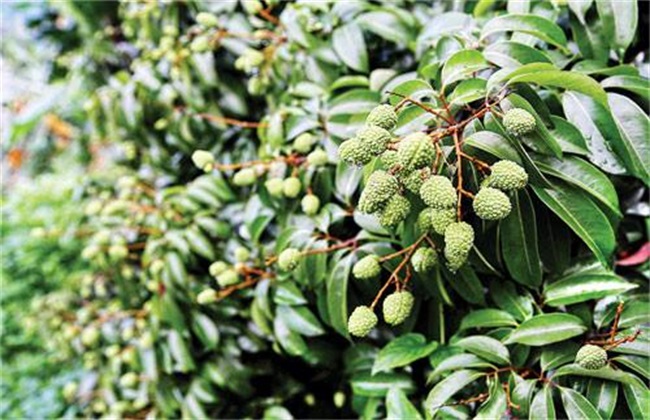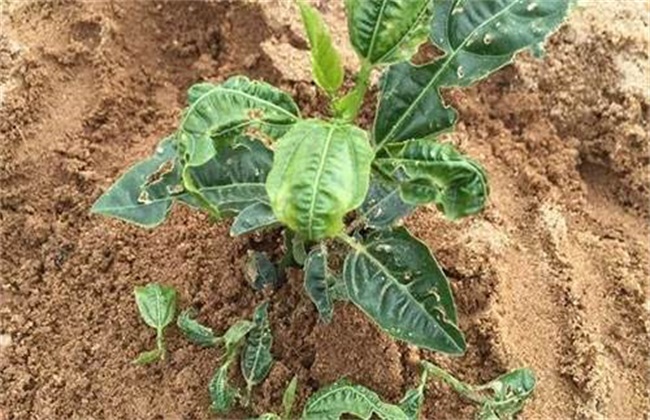Management techniques of Young Fruit stage of Litchi
Litchi is a kind of fruit that many people like to eat very much, because of the demand for the planting environment, so it can not be planted in many places, and its market price is very high. Therefore, there are more and more people who plant litchi. When planting litchi, we must do a good job in management, especially in the young fruit period, so how to manage it in the young fruit stage? The following editor brings you the management technology of litchi young fruit period, let's have a look!

1. Fruit protection
Litchi will have the first physiological fruit drop after about 5-20 of female flower pollination, which will have a great impact on the fruit setting and yield of litchi. Therefore, in the young fruit stage, we must do a good job in fruit protection measures to avoid too much fruit drop, reduce the yield and affect the planting efficiency. Then we should properly spray the anti-falling element after the female flower blossoms, control the dosage and proportion, and mix with Rain Water. When spraying anti-falling element, we should pay attention to and facing the crown to ensure that it is comprehensive and uniform, reduce the phenomenon of physiological fruit drop, and achieve the purpose of fruit protection.
2. Fertilization
Litchi only needs to consume a lot of nutrients after fruiting. Therefore, after entering the young fruit stage of litchi, we must do a good job of fertilization, provide adequate growth nutrition for litchi, promote fruit expansion, enhance litchi growth ability, and avoid fruit drop. At this time, litchi trees have the lowest nutrients of the year, so we should apply fertilizer reasonably according to the actual situation of litchi trees. For litchi trees with about 50kg fruit, each tree should be fertilized with compound fertilizer about 1kg, plus an appropriate amount of magnesium sulfate and other fertilizers.
3. Fruit thinning
Although we have to protect the fruit of litchi trees, but also appropriate fruit thinning, and there is no conflict between the two. When the young fruit grows to the size of black beans, some empty ears, disease and insect ears and other ears that can not bear fruit should be thinned in time. Then we should pay attention to observe the situation of the fruit and remove the bad fruit such as small fruit, deformity, diseases and insect pests in time. Fruit thinning is based on the principle of keeping large to small, and the amount of fruit retained should be controlled according to the size of the ear. For example, there are about 100 fruits in a large ear and 30 in a small ear.
4. Pest control
The young fruit stage of litchi is not only the largest consumption of nutrients, but also the weakest period. At this time, the harm of diseases and insect pests is relatively serious, so we must do a good job in the prevention and control of diseases and insect pests. The common diseases and pests of litchi are downy mildew, stem borer and so on. We must deal with them according to the specific diseases and insect pests of litchi. When using drugs, it should be noted that young fruits are sensitive to organophosphorus, and it is easy to cause fruit drop when organophosphorus is encountered. Therefore, we must be careful not to use pesticides containing organophosphorus.
The above is a brief introduction to the management technology of litchi young fruit period. Although the management of the young fruit stage of litchi is important, we should not ignore the management of other periods, such as flowering period, fruit expansion period and so on. So that's the end of today's introduction. This article is for reference only. I hope it can be helpful to everyone.
Related
- Moge, come on! The staff of the peasant association in the producing area of cantaloupe were frightened when the crowd gathered.
- Causes and Solutions of low Fruit setting rate of Apple
- Symptoms and control measures of passion fruit virus disease
- Fruit growing lesson: how do apple orchards keep high yields?
- Can you build orchards in the mountains? What are the pros and cons?
- How to manage the coloring period of Crisson grape?
- This paper introduces the processing technology of two kinds of fig products.
- How much is a month for retired teachers in rural areas by 2020?
- How can strawberry planting increase sugar content? We should pay attention to management in many aspects.
- What are the cultivation techniques on how to improve the yield of golden fruit?



